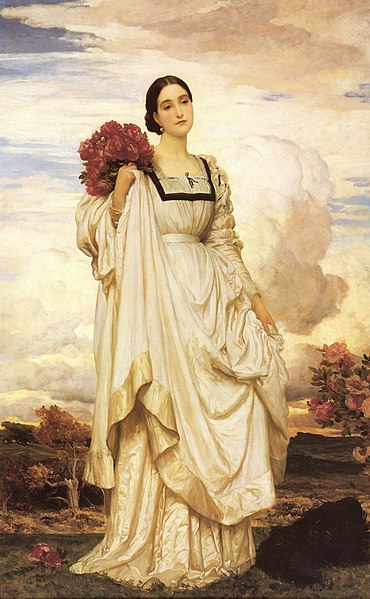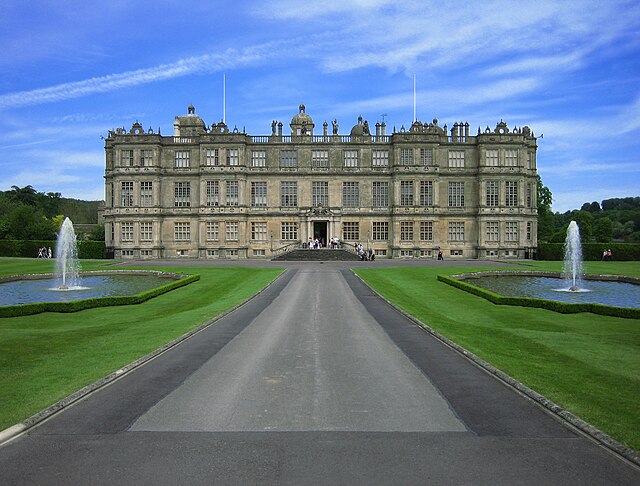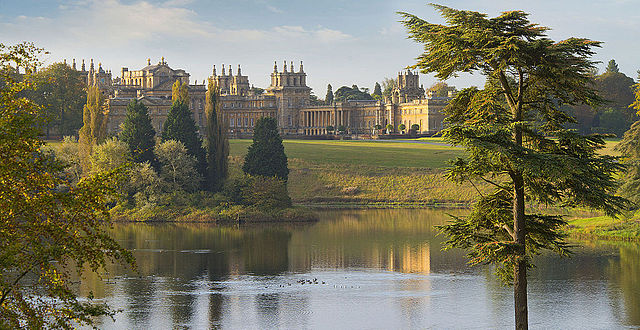Belton House is a Grade I listed country house in the parish of Belton near Grantham in Lincolnshire, England, built between 1685 and 1687 by Sir John Brownlow, 3rd Baronet. It is surrounded by formal gardens and a series of avenues leading to follies within a larger wooded park. Belton has been described as a compilation of all that is finest of Carolean architecture, said to be the only truly vernacular style of architecture that England had produced since the Tudor period. It is considered to be a complete example of a typical English country house; the claim has even been made that Belton's principal façade was the inspiration for the modern British motorway signs which give directions to stately homes.
Belton House, south front
Portrait of Alice Brownlow, née Sherard, by John Riley
Adelaide, wife of the 3rd Earl Brownlow, in a portrait by Frederick Leighton
The stables, restored by the Trust in 2016 as the restaurant
An English country house is a large house or mansion in the English countryside. Such houses were often owned by individuals who also owned a town house. This allowed them to spend time in the country and in the city—hence, for these people, the term distinguished between town and country. However, the term also encompasses houses that were, and often still are, the full-time residence for the landed gentry who dominated rural Britain until the Reform Act 1832. Frequently, the formal business of the counties was transacted in these country houses, having functional antecedents in manor houses.
Belton House is an English country house in Lincolnshire
In the 20th century Longleat House was the first country house to open to the paying public, and also claims the first safari park outside Africa.
Blenheim Palace
Forde Abbey in Dorset. Many country houses have evolved and been extended over several centuries. Here, the architecture runs from Medieval ecclesiastical to Palladian and on to Strawberry Hill Gothic, while at sometime an attempt at unity has been made by the use of crenelation.







